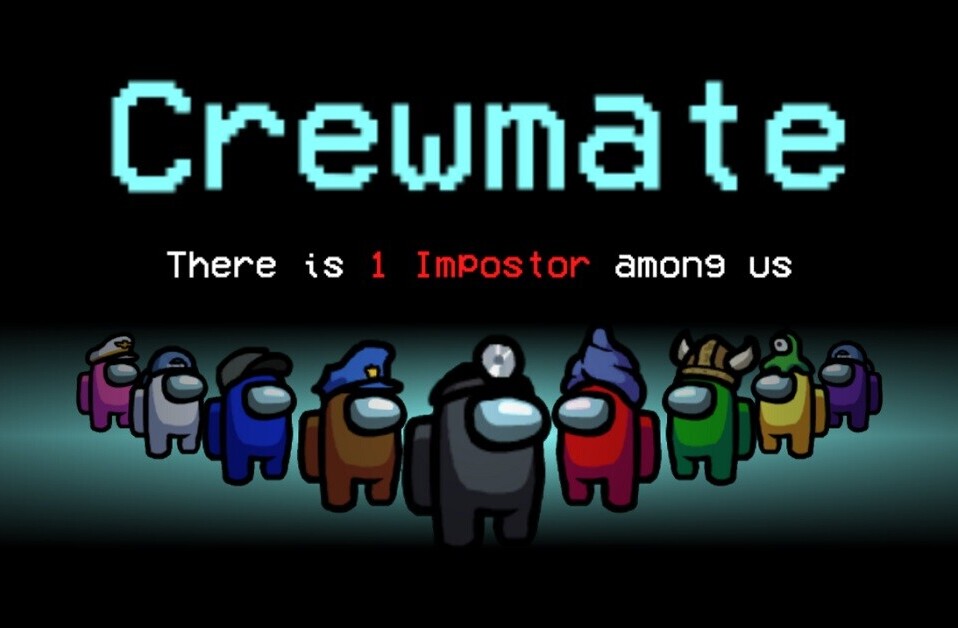
We have a tendency to consider ourselves unique and unpredictable, but digital games research shows that this is far from the case. In fact, we can be categorised into groups of people who show the same behaviours, and what we do in the future is imminently predictable. For example, how you play a game will reveal what you are likely to do in the game next and how long you are going to stay interested in doing it. This means that games can now change tack while you’re in them to provide you with the best possible experience and to encourage you to keep playing.
When we play games, we generate traces of data which provide information on how we played. Across the almost two billion gamers in the world, this adds up to enormous, highly varied and exceptionally diverse data about human behaviour.
Joining forces with the game industry, international teams of researchers have for the past few years been deciphering this data, diving into the mysteries of how people play games. Experts have been investigating how player behaviour correlates with psychological traits, what we find fun and engaging, and what this tells us about our future behaviour. For an industry generating roughly US$100 billion a year, this knowledge is essential to ensure player satisfaction, and to build competitive edges in the fiercely competitive creative industries.
Machine learning
Researchers across academia and industry have applied called machine learning techniques – a method of computer programming that allows the programme to change when exposed to new data – to train models that can zero in on a person’s playstyle, predict what the player will do in the future, and the kinds of problems that might hinder the player from enjoying the game. Machine learning is at the core of current transformative technologies that are affecting many aspects of our lives. It is today so pervasive you probably use tools that employ machine learning several times per day without knowing it.
The results show that there are distinct patterns in our behaviour. This means that by looking at how you play a game to begin with, it is possible for machine learning-trained models to predict how long you will keep playing, before losing interest. Current work is even moving beyond this to predict whether players will make purchases or not, what it is in the games that keep them interested or frustrated, and how to adapt the game as a response. This is even possible in vast, complex open-world games such as Destiny, a game that cost US$500m to make (which it earned back in 24 hours). Just basic information about when and how often you play Destiny can form the basis for prediction models showing how long you will keep playing.
Along the way, game analytics research has documented differences in how games are played. For example, most PC and console games are played from two to 30 hours. The vast majority are played less than eight, and a very few games see more than 35 hours of playtime on average.
Only a portion of people who start a game complete it – a well-known phenomenon. Some games are played a lot – some are played hundreds of millions of hours. Mobile games on the other hand are typically played a lot less: the vast majority spend less than two minutes on trying out a new game, and usually only a few percent are still hanging around after the first week. Given how costly it is to market a game, this dropout rate is one of the chief challenges in the US$40 billion mobile games market.
Prediction models are highly useful in these cases: if we know who will stick around, we can try to cater to their interests by adapting the game content at an individual level and ensure they have a positive gaming experience.
Sticking around
What makes you stick around a game? The simple answer is if it’s engaging. The psychology behind user experience in games is complex and there is no standard way to deal with it. Vast sums are spent user testing games and analysing behaviour as a result, but by employing large-scale analytical techniques, researchers can target this problem at the scale of populations.

One conclusion is that social connections formed in and around games are powerful motivators to keep playing. If your friends play the same game, or if you form social connections through the game, the odds are that you will stick around for a while. This powerful retention mechanic is one of the reasons why multi-player games such as World of Warcraft are so popular.
Of course, the conclusion that human behaviour follows particular patterns, and is predictable, is not unique to games. The use of trace data is known from a variety of contexts: the research from search engines, criminal activity, online social media, education, physical movement patterns, and so on shows the same thing, that our behaviour can be predicted – with varying degrees of accuracy – down to the individual level.
Prediction models are actively working across various applications to anticipate what we do and support future needs and requirements. In the future, we will likely see any data-driven service, across entertainment, healthcare, traffic and beyond, be able to anticipate what we will do, and combine that knowledge with environmental factors to deliver personalised services. In the case of games, they will know when you want to carry on playing, sense if you are stressed and just want to relax, and adapt accordingly. Maybe they will even know for how long you should be playing before getting back to work …
This article was originally published on The Conversation. Read the original article.
Get the TNW newsletter
Get the most important tech news in your inbox each week.





